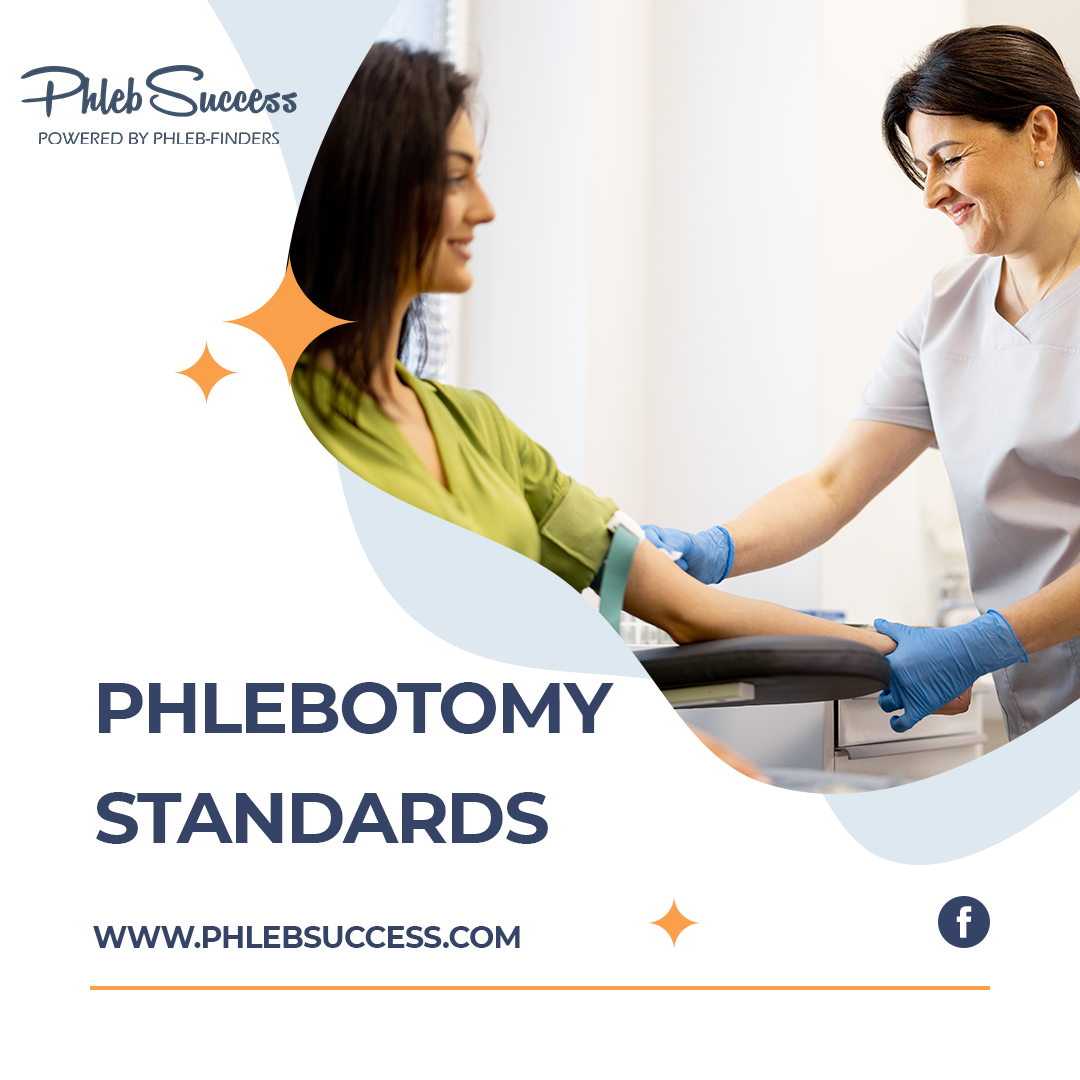Documentation and record-keeping standards
In the realm of phlebotomy, meticulous documentation and record-keeping are essential components of ensuring patient safety, promoting quality care, and maintaining regulatory compliance. Phlebotomists are entrusted with the responsibility of accurately documenting specimen collection, handling procedures, and patient information to facilitate seamless communication among healthcare professionals, uphold the integrity of laboratory test results, and contribute to comprehensive patient care.
Patient Information and Consent
Thorough documentation of patient information and consent is a fundamental aspect of phlebotomy practice. Phlebotomists must diligently record patient demographics, relevant medical history, and any specific instructions or considerations related to the specimen collection process. Additionally, obtaining informed consent for the collection of blood or other specimens is a critical step in the documentation process, ensuring patient understanding and compliance with the procedure.
References:
- World Health Organization. (2010). WHO Guidelines on Drawing Blood: Best Practices in Phlebotomy.
- Centers for Disease Control and Prevention. (2020). CDC/NIH Biosafety in Microbiological and Biomedical Laboratories.
Specimen Collection and Handling
Accurate documentation of specimen collection and handling procedures is imperative for maintaining the integrity and traceability of laboratory samples. Phlebotomists are responsible for meticulously labeling specimens, recording the date and time of collection, and documenting any deviations from standard protocols. Thorough documentation of the handling and transportation of samples contributes to the reliability of laboratory test results and supports effective quality control measures.
Quality Control and Assurance Records
Comprehensive documentation of quality control and assurance records is a foundational requirement for phlebotomy practice. Phlebotomists must maintain detailed records of quality control measures undertaken during specimen collection, processing, and analysis. Additionally, participation in proficiency testing programs, calibration activities, and instrument maintenance should be documented to ensure compliance with regulatory standards and promote the accuracy of laboratory test results.
Regulatory Compliance and Reporting
Phlebotomists are obligated to adhere to regulatory guidelines and reporting requirements pertaining to documentation and record-keeping. Familiarity with applicable regulations, such as the Clinical Laboratory Improvement Amendments (CLIA), and the accurate completion of related documentation, including requisition forms and test requisitions, are integral to maintaining compliance and upholding the standards of patient care and safety.
By integrating thorough training on documentation and record-keeping standards into phlebotomy education and practice, phlebotomists can uphold the principles of accuracy, accountability, and patient-centered care, contributing to the overall quality and efficiency of laboratory operations.
